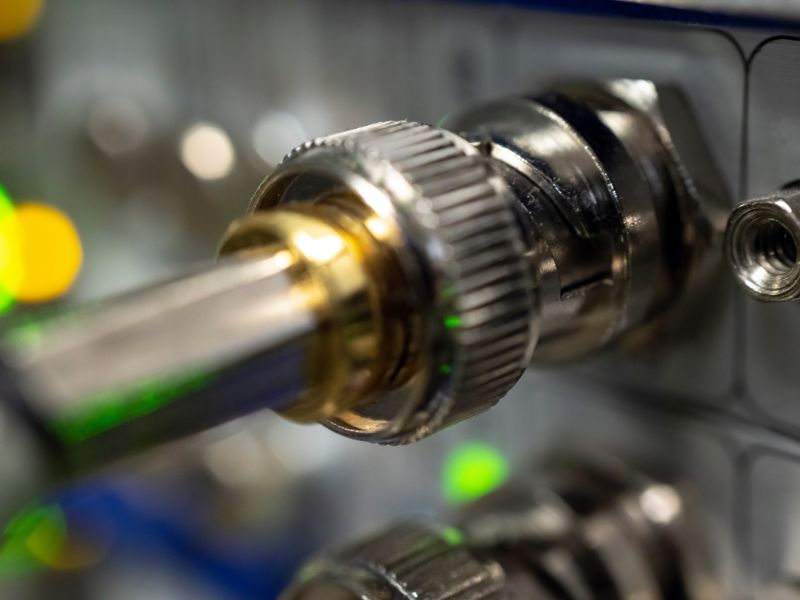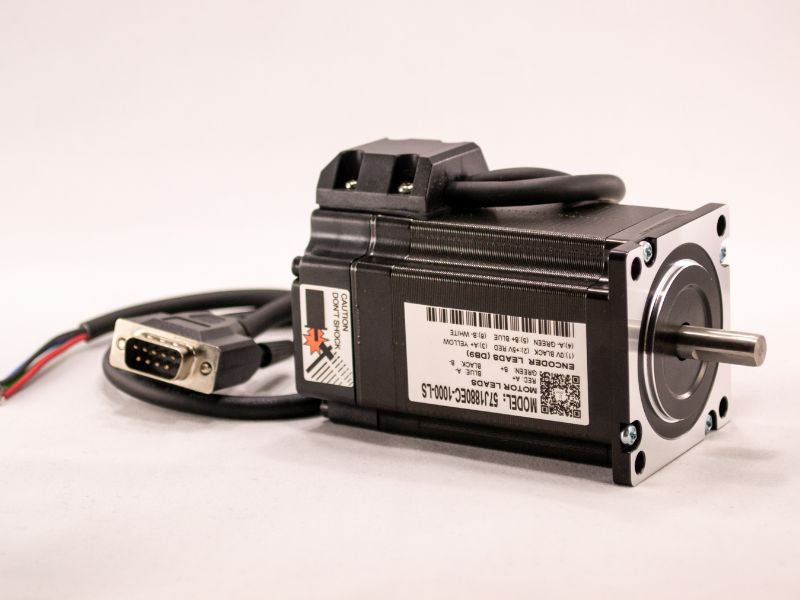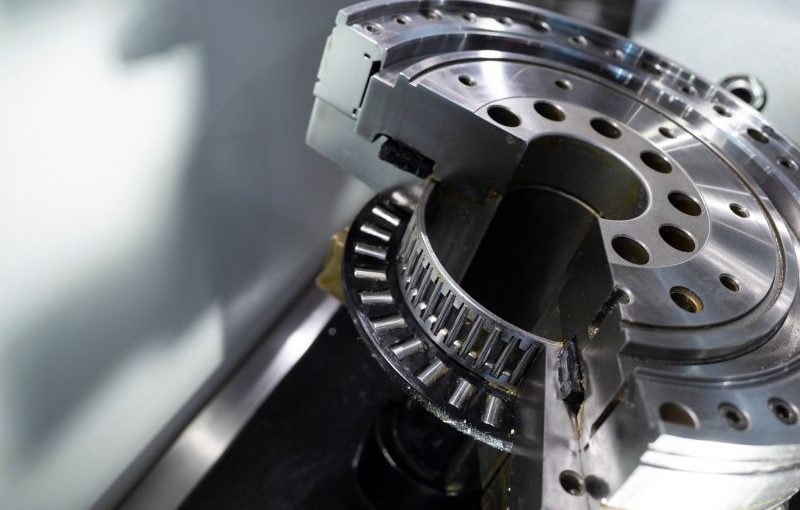Encoder – what is it?
An encoder is a device which main function is to convert the offset and angular position into an electrical signal. It enables precise measurement of the angular position of the moving element, its direction, distance and speed of rotation. It is thanks to encoders that it is possible to accurately measure important distances, which greatly affects the efficiency of the automation of production processes. It can be said without exaggeration, that encoders paved the way for modern industry – without them it would, without a doubt, not exist.
The characteristics of programmable encoders
Programmable encoders are the type of encoders in which many parameters, that with non-programmable encoders had to be determined when ordering the device, can be programmed by the users themselves. The decision to develop an alternative that allows replacement of hardware solutions with software helped to increase the flexibility of the devices offered. It also enabled a significant spending reduction. Among the parameters of programmable encoders that can be programmed by the user are:
- the encoder resolution,
- the output signal – HTL or TTL,
- rotation directions,
- odometer,
- speed controller,
- the changing color of the display light.

Types of programmable encoders
Based on the method of measurement, encoders can be divided into two types: incremental and absolute. The main differences between these devices are due to the types of signals generated at the output, and the possibility of memorizing the measured quantity.
Incremental encoder
Incremental encoder, known also as a rotary-pulse converter, generates a pulse as the shaft rotates through a specified angle. The number of pulses per revolution is defined by the resolution of the device. Incremental encoder does not provide information about the absolute position, so the electronic components used to build this type of device are much simpler and therefore cheaper. In addition to tracking the current position, incremental encoders are often used to determine angular velocity. The position is calculated based on the known starting position and the number of pulses counted. As a result, speed is expressed as the number of pulses counted in the time function.
Absolute encoder
Absolute encoder, known also as a rotary-code converter, generates position, angle and speed information based on the angle increments depending on the encoder type. A unique code pattern is assigned to each angle increment. The number of code patterns per revolution determines the resolution. Each code pattern is a unique reference value and determines an absolute position at the same time. This characteristic is the reason absolute encoder remembers the current position even after being disconnected from the power supply and no reference run is required after switching the device back on.

Application of encoders
The areas of application of encoders are increasing each year. Thanks to the development of modern measurement technology, they are now fully applicable in virtually any given industry. Moreover, the process of their implementation is now far easier than before. All of it results in encoders being commonly used in all kinds of machines and production lines for precise measurement of speed, displacement, distance, and distance traveled. Additionally, these devices are also applied in servo drives, robots, and various machine tools. By using encoders, it is possible to measure the rotation of a machine part or a detail subjected to the treatment.
Why are encoders so popular?
The popularity of encoders is a result of their wide range of applications combined with the high quality. It is also caused by the fact these type of devices can properly work even in a highly unfavorable, difficult conditions, such as high humidity and dust. Encoders are also very resistant to mechanical effects, for example vibrations and shocks.
